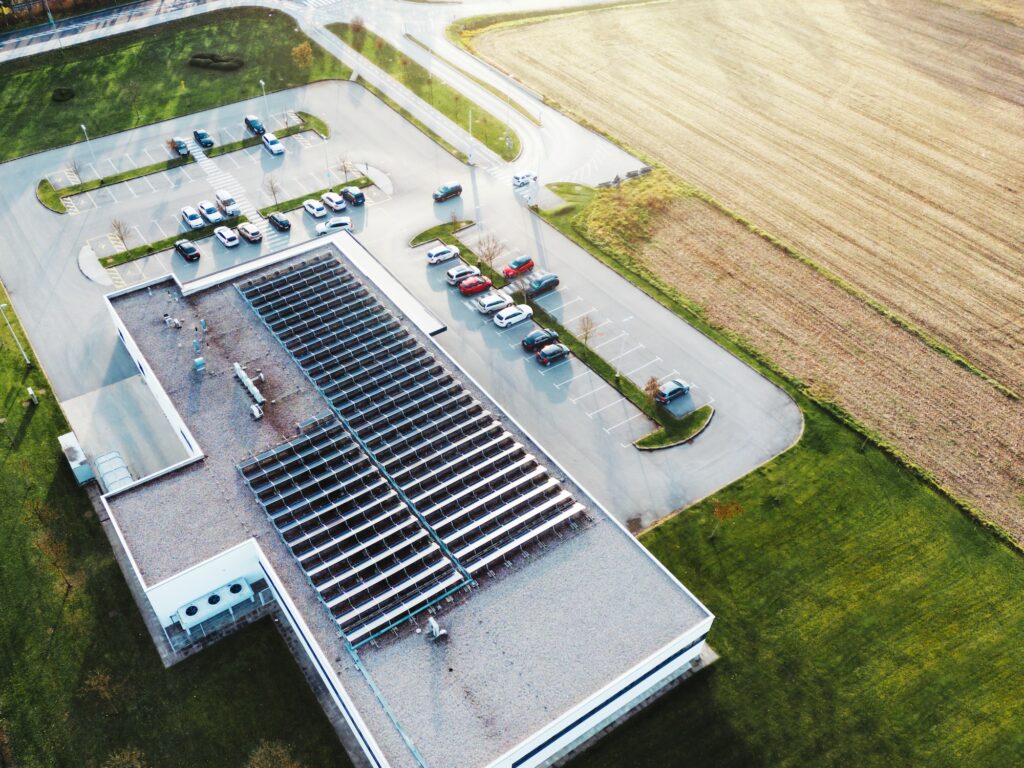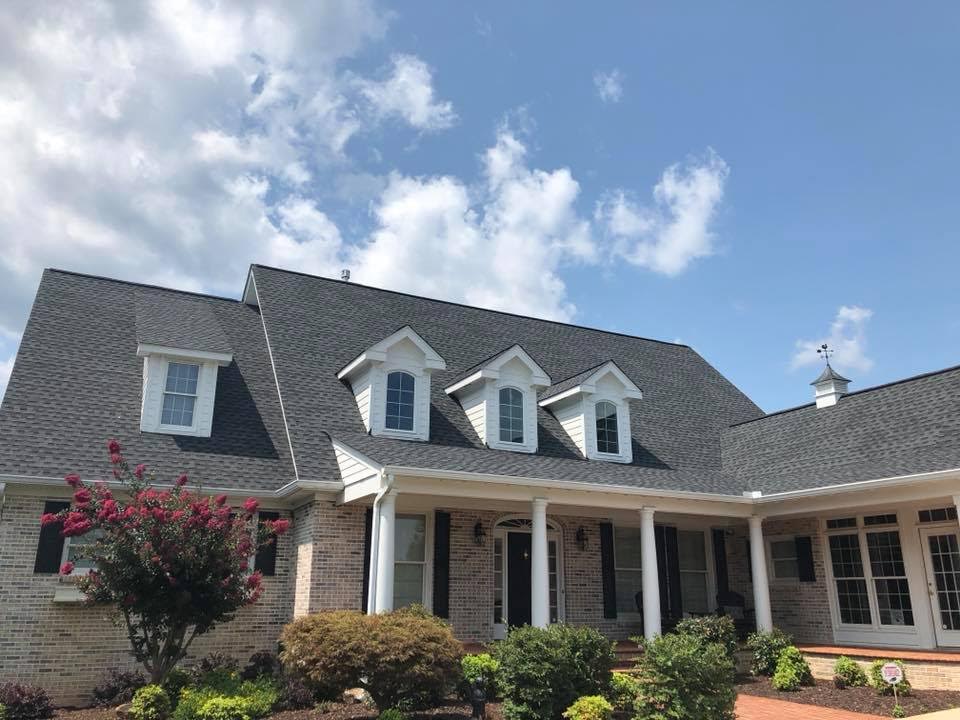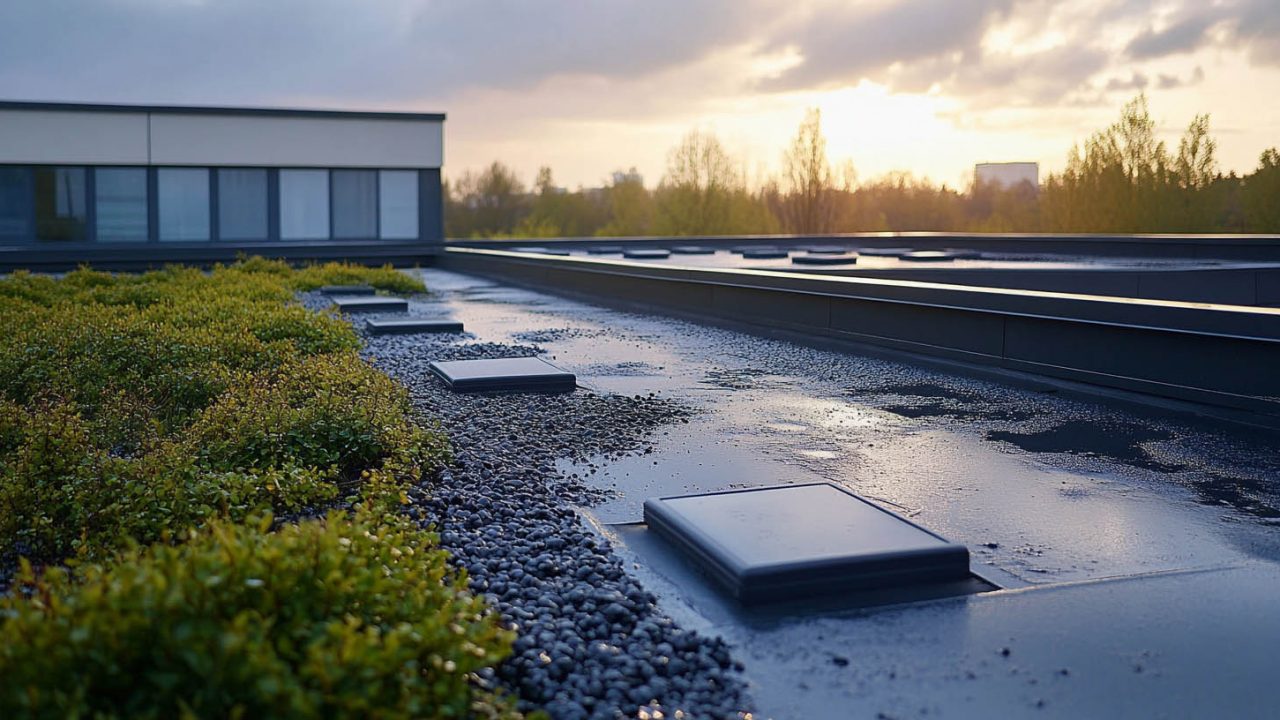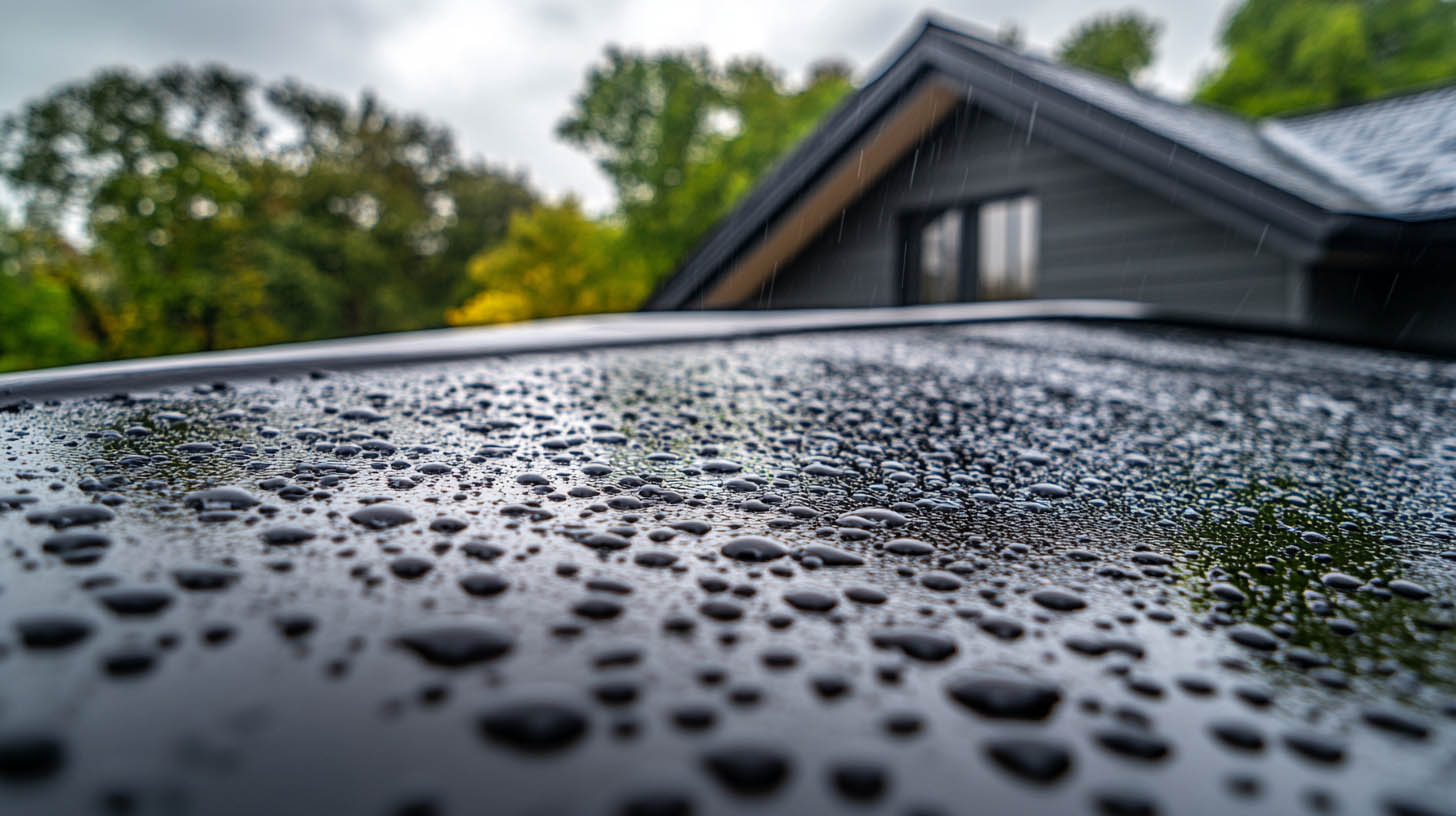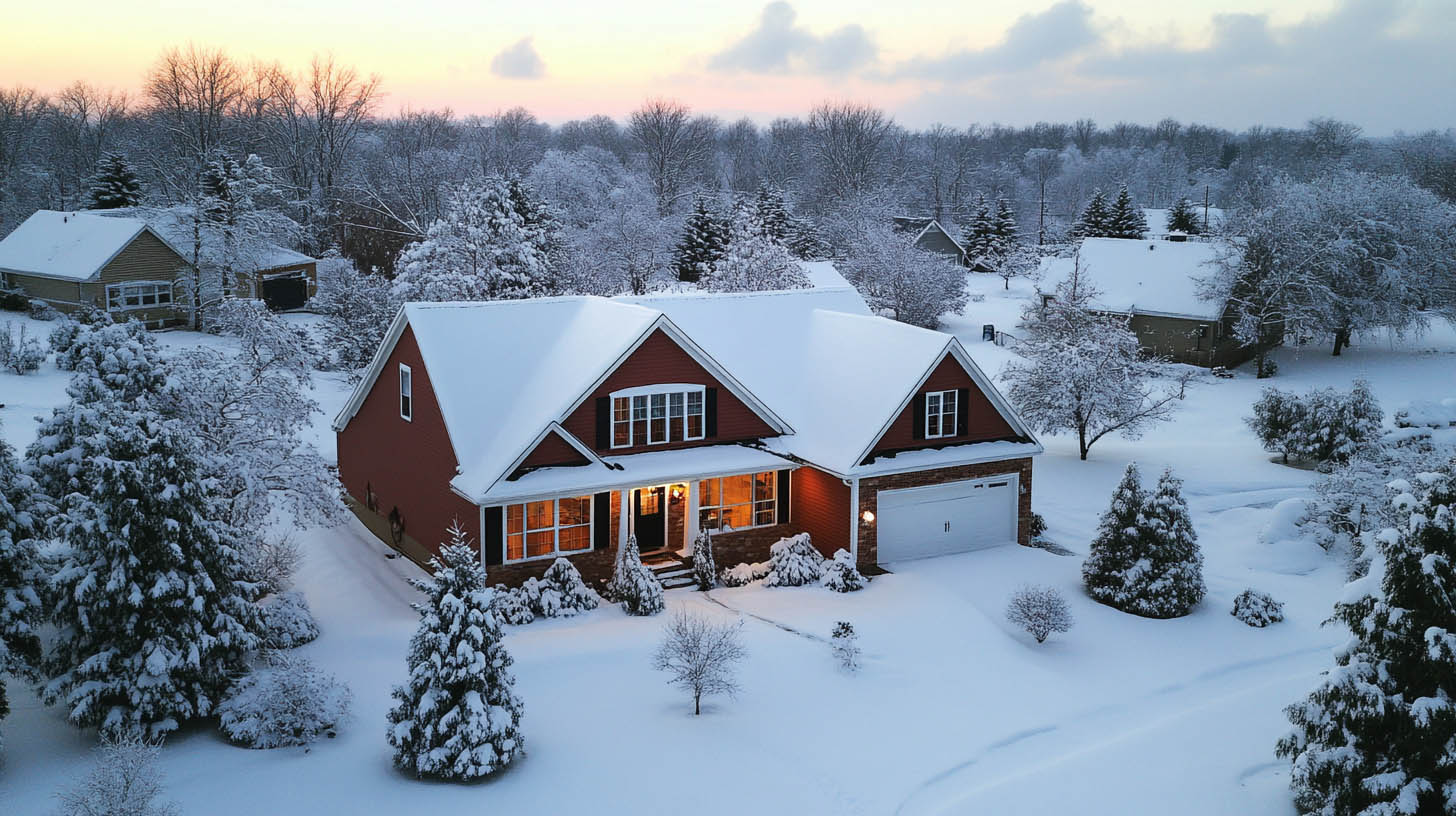Flat roofs are a popular choice for commercial buildings due to their affordability, ease of installation, and maintenance benefits. United Contracting & Roofing LLC, located in Greenville, SC, offers expert advice on maintaining the integrity of flat roofs through effective drainage solutions. Here are the top three drainage systems recommended for flat roofs.
Interior Drains
Interior drains are strategically placed at intervals in the middle of the roof. These drains use internal gutters or pipes to channel water outside the building. Equipped with stoppers to prevent debris from clogging, interior drains are ideal for regions with heavy rainfall. They also provide an aesthetic advantage as the pipes are hidden internally. This system helps maintain the building’s exterior appearance while efficiently managing water flow. Additionally, interior drains reduce the risk of water pooling on the roof, which can lead to structural damage and leaks. Proper maintenance, including regular inspection and cleaning of the stoppers, ensures the drains function effectively and prolongs the lifespan of the roofing system.
Benefits of Interior Drains
- Effective Water Management: Prevents standing water and potential leaks.
- Aesthetics: Hidden pipes maintain the building’s exterior appearance.
- Debris Protection: Stoppers reduce the risk of clogs.
Scuppers
Scuppers are installed on the edges of flat roofs to project water away from the building. They help keep the walls dry and protect the foundation from water damage. While more cost-effective to install, scuppers require a sloped structure or tapered insulation system to function correctly. By directing water off the roof and away from the building’s foundation, scuppers prevent pooling and reduce the risk of leaks and structural damage. Regular maintenance, such as clearing debris from the scuppers, ensures they remain effective. Additionally, properly installed scuppers can enhance the roof’s drainage system, providing an efficient and economical solution for managing water runoff.
Benefits of Scuppers
- Cost-Effective: Lower installation costs compared to other systems.
- Foundation Protection: Directs water away, reducing the risk of foundation damage.
- Wall Protection: Helps maintain dry walls by directing water flow outward.
Gutters
Gutters are the most common drainage system for flat roofs. Attached to the roof edges, gutters collect and channel water away from the building. While effective and cost-efficient, gutters require regular cleaning to prevent clogs and maintain their functionality. Debris such as leaves, twigs, and dirt can accumulate in gutters, leading to blockages that impede water flow and cause overflow. Regular maintenance, including clearing out debris and ensuring downspouts are unobstructed, is essential for optimal performance. Properly maintained gutters protect the building’s foundation, walls, and roof by efficiently directing water away, preventing potential water damage and extending the roof’s lifespan.
Benefits of Gutters
- Affordable: Low-cost solution for effective water management.
- Moderate Rainfall Management: Suitable for regions with moderate rainfall.
- Ease of Installation: Simple to install and maintain with regular cleaning.
Conclusion
Proper drainage is crucial for maintaining the integrity of flat roofs. By choosing the right drainage system, you can prevent water damage, leaks, and roof deterioration. For more information on The Importance of Roofing Felt, click here.

